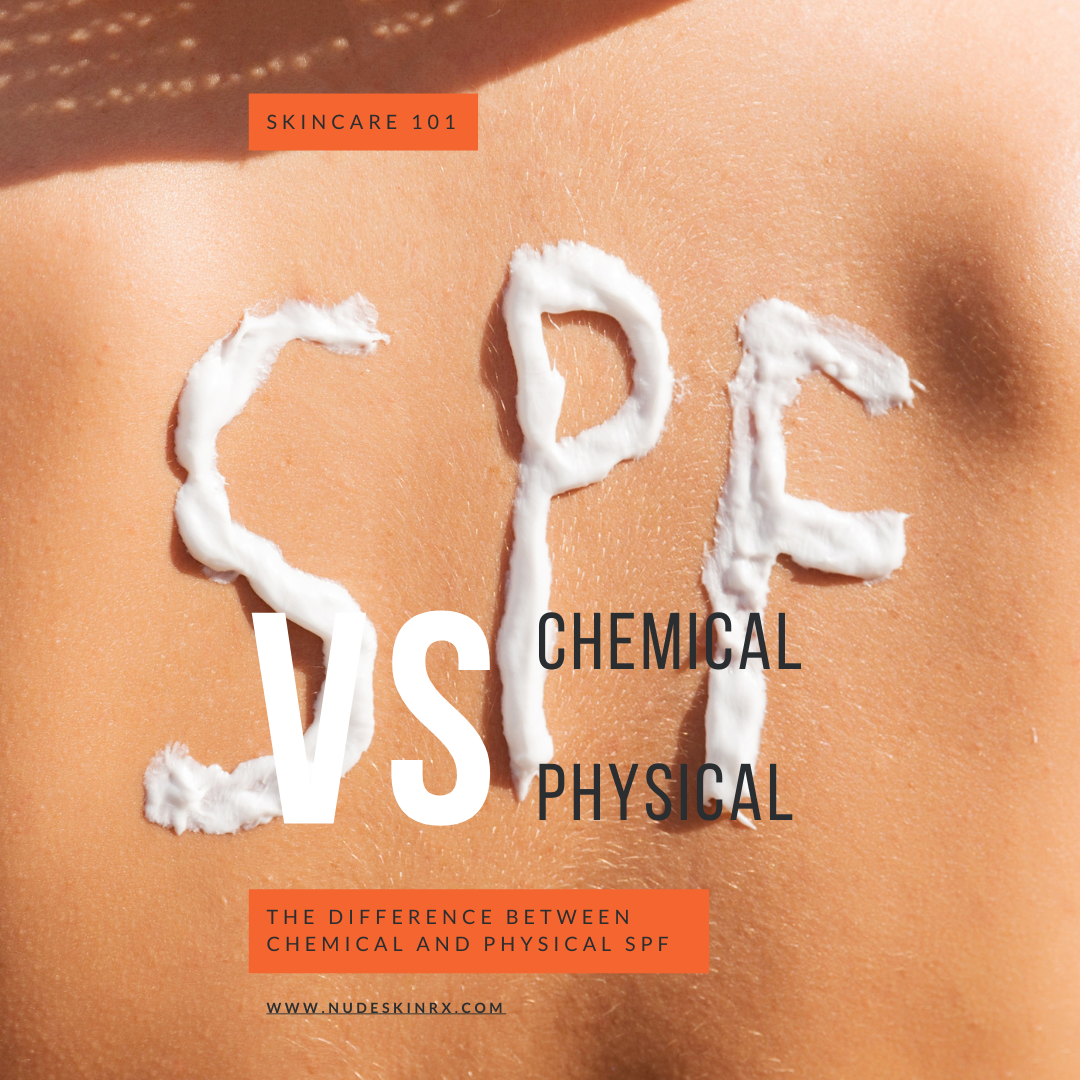If you're anything like me, you probably have a sunscreen mountain taking up prime real estate in your bathroom cabinet. I bet you can also recite by heart the countless benefits of sunscreen: it protects your skin from the sun's harmful UV rays, it prevents wrinkles and age spots, it keeps your skin looking younger and healthier...the list goes on and on. So which type of sunscreen should be at the top of your list? Chemical or physical? Let's take a closer look at the differences between these two types of sunscreens.
Chemical Sunscreen
- Absorbed into the skin
- Converts UV rays into heat
- Thin texture
- 20 minutes to be effective
- Waterproof/Sweatproof
- All skin types
- Use only products labelled 'Baby, Child or Infant' on your little ones.
Active Ingredients
- Oxybenzone, Homosolate, Avobenzone, Octocrylene, Octisalate, Octinoxate.
Physical Sunscreen
- Sits ontop of the skin surface
- Reflects UVA and UVB rays
- Thick texture
- Effective immediately
- Better for sensitive, acne prone and rosacea skin
- Not typically waterproof
- Suitable from the age of 6 months (Can be used at a younger age under the guidance of a paediatrician)
Active Ingredients
- Zinc Oxide, Titanium Dioxide
So, which is the best sunscreen for you? If you have sensitive skin, go with a physical sunscreen. If you’re looking for something that is thinner and will sit well under makeup, go with a chemical sunscreen. And if you want to be extra safe and sunburn-free this summer, use both! Comment below and let us know what type of sunscreen works best for you!

